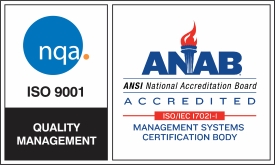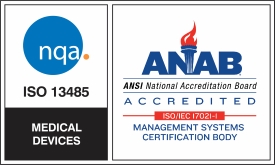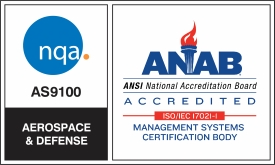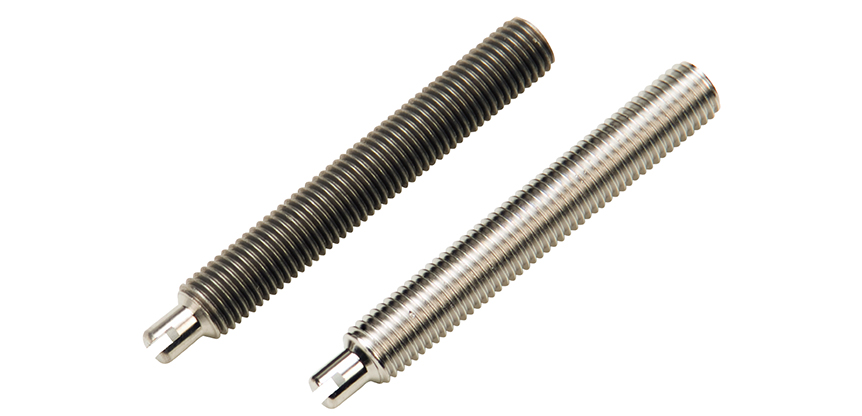Metal parts develop heat tint and oxide scale during manufacturing when exposed to high heat during welding or heat treating. Electropolishing is an effective process for removing the heat tint and associated oxide scale that results from a part being exposed to high heat. By removing the outer skin of metal, the process exposes the base metal and leaves the part passive and with an aesthetically pleasing finish
Why Is Heat Tint and Oxide Scale So Detrimental to Metal Parts?
The heat tint and oxide scale on parts made from stainless steels and other alloys, are a main cause of accelerated corrosion. Because of the change in the metallurgical structure caused by carbide precipitation, the heat affected zones are more susceptible to corrosion because of the chrome and carbon being drawn to the surface. Parts not treated and exposed to corrosive environments will readily corrode and lead to costly replacements or repairs. This is of great concern for industries that must maintain a sanitary finish, such as food, beverage, medical, etc.
Using Electropolishing to Remove Heat Tint and Oxide Scale from Stainless Steel Parts
Along with the ability to clean up the effects of heat treating and welding, electropolishing is your one-stop process for preparing a part for final assembly or packaging. This electro-chemical process not only greatly improves corrosion resistance but improves the microfinish, deburrs, improves cycle life and leaves the part with an ultraclean surface. Engineers have been specifying the electropolishing process for years to assure that their parts perform properly for an extended period of time.





